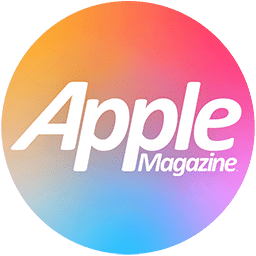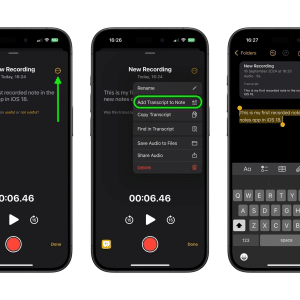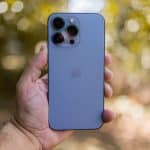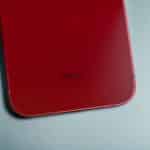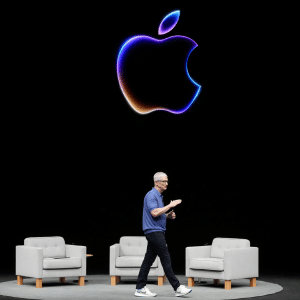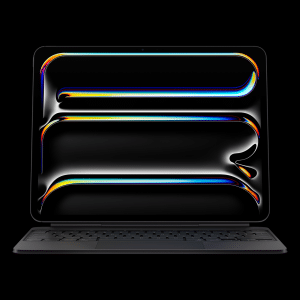 Mobile payments–basically, making real-life purchases with your smartphone–have not yet hit the mainstream. But could the iPhone 6 successfully give mobile payments a push?
Mobile payments–basically, making real-life purchases with your smartphone–have not yet hit the mainstream. But could the iPhone 6 successfully give mobile payments a push?
It has been reported that the iPhone 6 will include a near-field communication (NFC) component, giving it mobile payment capabilities. NFC works wirelessly over a very short distance. An NFC-enabled smartphone can transfer small amounts of data to another NFC-enabled device either by being held very close to or actually touching the transfer point. We will find out for sure during Apple’s media event on September 9 whether or not the iPhone 6 will include an NFC component.
NFC technology is nothing new. Companies such as Samsung and Google have included NFC in some of their products. Not many people know this, but you can actually tap an NFC-enabled Samsung Galaxy S5 at Walgreens point-of-sale terminals. Google Wallet, despite a splashy debut, didn’t cut into the mainstream as expected. The digital wallet and payments service has not seen widespread acceptance even though it was launched three years ago.
Because awareness and usage are so low, mobile payments services have not reached full potential. Apple could change that. Roger Entner, a Recon Analytics consultant, said, “Apple has again the opportunity to transform, disrupt and reshape an entire business sector.” Of any big tech company, Apple has the most advantages. If the iPhone 6 does have the mobile payments capabilities expected, it will take off the way the products of Apple’s competitors could not. Much of this is due to the company’s visibility and user-base, as well as the fact that it already holds credit card information for over 800 million iTunes accounts, making the transition into mobile payments much smoother and more user-friendly. Apple has also been quietly building the foundations of its mobile payments service with app Passbook.
Passbook is an app that Apple introduced two years ago with the iPhone 4s. Passbook has served as a digitalized pocketbook that stores airline tickets, membership cards, and credit card statements. It also “works with apps from Delta, Starbucks, Fandango, the Home Depot,” and others. But this is just scratching the surface. With the introduction of Touch ID in the iPhone 5s, Apple has added another dimension to mobile payments. Right now, users can make fast purchases in iTunes, the App Store, and the iBook Store. Later, Touch ID may be used to verify transactions not only online but through larger retailers like Best Buy.
The hurdle that all companies using NFC components must face is the adoption of NFC technology by consumers and retailers. If users adopt the technology before retailers, then retailers will have to play catchup and implement NFC chips in their equipment. If retailers adopt it first, the they will have to wait for customers to get on board. Another issue will be convincing customers and retailers that tapping a smartphone on the register is any easier than simply swiping a credit card.
Where Google saw mobile payments as the ultimate platform for advertising, Apple will glean more potential from the service than that. With extra features and services, Apple might actually get people to enter into the world of mobile payments. Swiping a credit card is no big deal; what matters is the experience that Apple and its iPhone 6 can bring to that simple gesture.
Source: CNET


